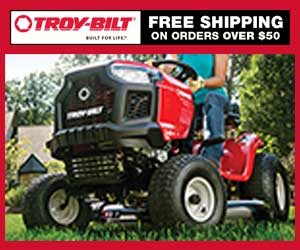True ‘custom’ saddles are customized in the tree (structural chassis) of the saddle. Consider these criteria for achieving optimal fit to the rider.
Besides being comfortable for the rider, the saddle seat has a huge influence on the ability of the rider to sit properly and in balance, to be able to give good aids to the horse, and to become one with the horse so that the exercises are harmonious.
The front of the saddle should not be uncomfortable for the rider at either the pubic symphysis or in the private parts. This can be easily tested when trying saddles out for size in the shop, or on the horse. Test the saddle wearing jeans (which have lots of seaming in the crotch area). Sit on the saddle and lean far forward and far back. You should be able to feel your jean seams only when you are out of the natural shoulder-hip-heel plumb line position. If you can feel the seams in the full range of this motion exercise, the saddle is not for you. Ask a friend to tell you when you are actually sitting straight.
In the middle of the saddle the rider should feel an absolutely even distribution of pressure between the inner upper thighs and the crotch area. If the saddle doesn’t fit in this area, the knees and the feet will be turned out instead of hanging straight down. Your thighs will also feel ‘pulled apart’ and your hips will hurt. The other extreme in this area could have the rider feel as though there is very little contact between upper inner thighs and the saddle; almost as though sitting on a tepee.
In the rear of the saddle the rider should feel supported in the seat bones and in the gluteal muscles. If the seat area is too small, the seat bones could feel like they’re sitting on nothing, hanging over the edge. If the seat area is too big, the edge of the tree (at line 3) will press against the rider’s thighs, pushing the rider’s leg forward. The back of the saddle seat will feel like a flat hard piece of wood. The rider should never feel the pommel or the cantle while moving through any of the gaits – this will definitely impact any semblance of balance or suppleness while riding.
The area behind the seat area should have enough foam support to accommodate the rider’s gluteus. If there is too much foam here, the rider will be forced into arching their back (even if the saddle itself is in balance). Many riders complain about sore spots or rub marks between their butt cheeks, or too much pressure on the gland at the base of the tail bone. If too little seat foam, the rider will fall back and collapse at the pelvis – especially if tired or when the horse is in an uphill frame. This is a common issue especially for women, since they have shorter tailbones and pelvises which are angled forward when they sit upright. They are absolutely dependent on better support in this area than men are.
Slipped discs can result when the rider’s pelvis falls back in the saddle (not enough support), while the rider continues to force the correct upright position to keep over the horse’s center of gravity.
It’s personal preference of the rider to choose a soft, medium, or hard seat; this also depends somewhat on the shape, size, and distance between the seat bones as well as the position of the pubic symphysis. Whatever the preference, the seat needs to offer stability and security to the rider without wedging them into the saddle. The rider should not feel discomfort or pain under the seat bones, nor feel like she/he is swimming in the saddle.
It’s often helpful to consult with a professional Certified Equine or Saddle Ergonomist or saddle fitter to evaluate 25 key points for achieving optimal fit and comfort for the rider.
Author of ‘Suffering in Silence - The Saddle fit Link to Physical and Psychological Trauma in Horses’ (2013) Jochen Schleese established Saddlefit 4 Life in 2006 to teach riders and professionals to recognize and find solutions for saddle fit issues through lectures and seminars worldwide. They help you find answers in your personal 80 point Saddle Fit Evaluation. SaddlesforWomen.com. Guys too!
































